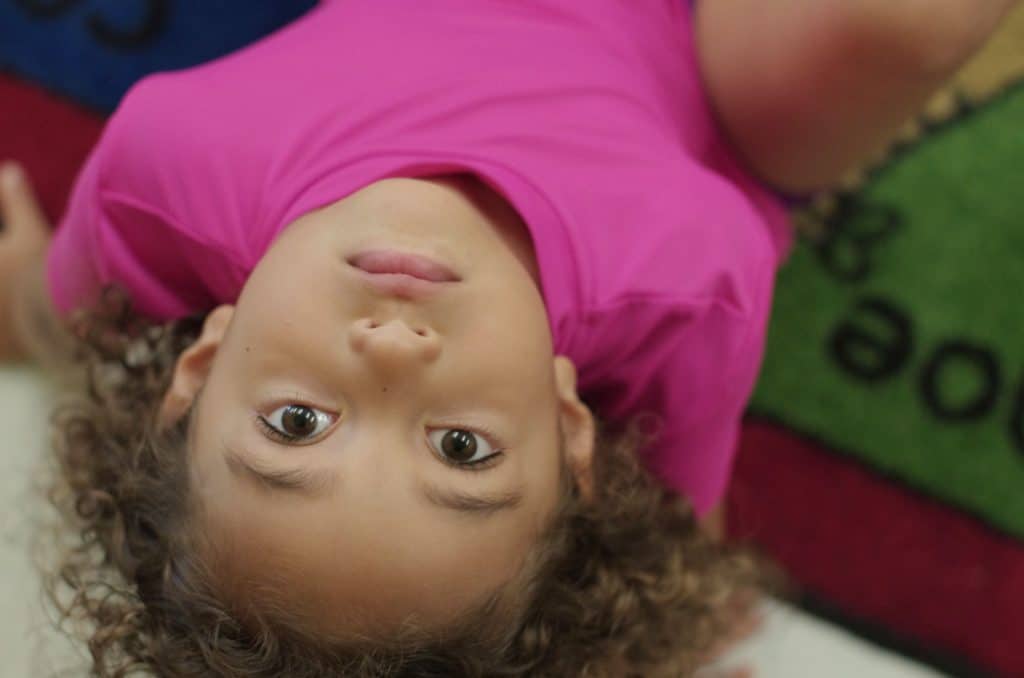Can Preschool Children Be Taught a Second Language?

By Jeannete Vos Ed.D.
(Excerpt from an Early Childhood News article)
“Language Learning Is a Natural Process When Children Are Young
Adults often try to learn languages in a contrived way. Most people, for example, can recite the verbs in French—je suis, tu es, il est, elle est, nous sommes, vous êtes, etc. Yet they find it much more difficult to speak French naturally when they visit France. Yet when people immerse themselves in a language like children, through play and exploration, they can learn a language quickly and easily. So the more we become child-like in language learning, the easier it becomes. Children growing up in a well-rounded environment learn to speak at least 2,000 basic words by the time they are four years old. Simply observing how babies learn to talk proves that they are natural learners. During the first six months of life, babies babble using 70 sounds that make up all the languages in the world. They will then learn to talk using only the sounds and words they pick up from their environment, most importantly from their parents and caregivers. A baby’s brain will then discard the ability to speak in languages he or she does not hear (Kotulak, 1996).
Preschool Years Are Vital Years
“During this period and especially the first three years of life, the foundations for thinking, language, vision, attitudes, aptitudes, and other characteristics are laid down,” says Ronald Kotulak, author ofInside the Brain. Consequently, it would be a waste not to use a child’s natural ability to learn during his or her most vital years, when learning a second language is as easy as learning the first. Since 50 percent of the ability to learn is developed in the first years of life and another 30 percent by age eight, early childhood development programs have the opportunity to encourage early learning and development. This does not mean, however, that 50 to 80 percent of one’s intelligence, wisdom, or knowledge is formed during early childhood. It simply means that during the first few years of life, children form their main learning pathways in the brain (Bloom, 1964). There are six main pathways to the brain. They include learning by sight, sound, taste, touch, smell, and doing (Dryden & Vos, 1997). Later in life, everything an individual learns will grow from the information gained during these early years.”
